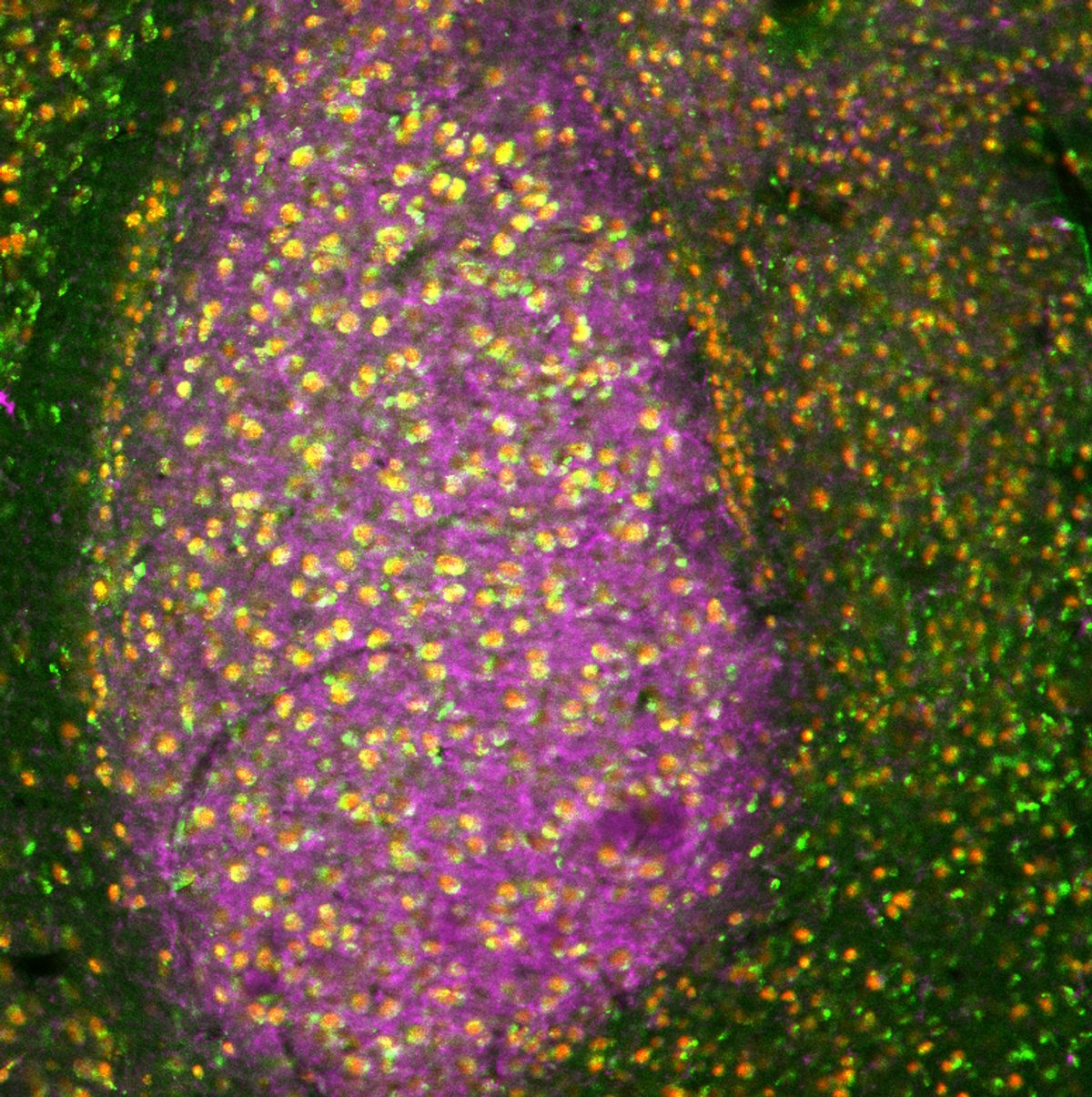A Brain MicroRNA Curbs Anxiety
Upregulation of a specific microRNA in the brain lessened anxiety and reduced the expression of stress-related genes in mice.
Stress is a known risk factor for anxiety disorders, which affected more than 300 million people worldwide in 2019.1 While antianxiety medications exist, these drugs do not work for everyone. Valentina Mosienko, a neuroscientist at the University of Bristol, strongly believes that we need better treatments for anxiety, but the first step is to understand its molecular basis.
With that in mind, she and her team explored microRNA since altered levels link to psychiatric disorders.2 How microRNA regulates stress in the brain is largely unknown. In a recent Nature Communications publication, Mosienko and her colleagues reported the role of a specific microRNA, miR-483-5p, in stress-induced anxiety in mice.3

Mosienko and her colleagues focused on the amygdala, a brain region implicated in anxiety and control of the stress response. The team stressed mice by restricting their movements and harvested their amygdalae to detect microRNA expression changes. Stress increased the expression of a handful of microRNAs, among which miR-483-5p was the most upregulated. The team also found that miR-483-5p downregulated stress-related genes, particularly Pgap2, in neuronal cell cultures exposed to a synthetic stress hormone.
To test the effects of miR-483-5p on anxiety-related behaviors, the researchers injected the microRNA into amygdalae in mice and found that it reduced anxiety after stress. Injecting the mouse amygdalae with both the microRNA and an miR-483-5p-resistant Pgap2 reverted this effect as miR-483-5p was unable to act on its Pgap2 target.
“This microRNA is good,” said Gerhard Schratt, a professor of systems neuroscience at the Swiss Federal Institute who was not involved in the research. “It seems to be more a counter response of the cells in order to dampen the stress and anxiety.”
Mosienko hopes that these findings will pave the way for better anxiety treatments as the brain area and molecular pathways the team investigated are similar to those in humans. “We could try to create a molecule that might enhance this pathway to increase our resilience to stress or start thinking about a pharmacological agent that might help people feel less anxious,” she said.
- World Health Organization. Mental disorders. 2022.
- Issler O, Chen A. Nat Rev Neurosci. 2015;16(4):201-212.
- Mucha M, et al. Nat Commun. 2023;14(1):2134.

